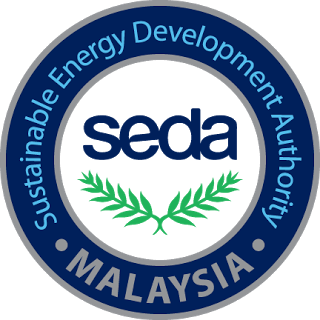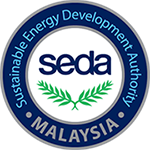BACKGROUND
The Zero Energy Building (ZEB) program is a global program involving the development of super energy efficient buildings that are integrated with renewable energy applications, which are now actively promoted by European Union (EU), Japan, Singapore and countries committed to energy and carbon reduction. Most of these countries are targeting;
- New public buildings in the year are ZEB categories by 2020; and
- New public and private buildings (on average) are ZEB categories by 2030.
According to United Nation Environment Protection – Sustainable Building & Construction Initiatives (UNEP-SBCI), globally the building sector contributes 2/3 to carbon emissions in the atmosphere. In some countries, the building sector is the second largest carbon dioxide contributor after the transport sector. In addition, UNEP-SBCI also noted that based on global research and facts, the building sector has the highest carbon reduction opportunities compared to other sectors such as transportation, waste management and others, in terms of implementation costs for each reduced carbon ($$ / KgCO2 reduction). Based on that fact, most cities with the Low Carbon City program choose to implement low-energy energy efficient programs for building to reduce their carbon emissions. To achieve that goal, maximum reduction needs to be targeted. The development of the NZEB and ZEB are most suitable for that purpose and to meet that requirement a standard relating to ZEB building is being developed at international level, ISO / TC205.
ZEB development is not new in Malaysia. It has started since the integrated energy efficient building design program and the promotion of the use of MS1525 – Code of Practice Use of Energy Efficiency & Renewable Energy for Non-residential Buildings, introduced since 2002.
- Government demonstration project, The Low Energy Office (LEO) MESTECC Building (save 56%), Green Energy Office (GEO) GreenTech Malaysia building (save 86%) and Diamond Building of Energy Commission (Save 70%);
- Other projects such as Panasonic Green Warehouse (Save over 75%) and demonstration of Putrajaya’s Zero Energy Home P14 (save more than 200%); and
- There is likely to be a government office building that has also reached over 50% of the energy reduction resulting from retrofitting periodically.
OBJECTIVE
To promote the adoption of super low carbon green building by using alternative method focusing purely on sustainable energy practices, starting with advance energy efficiency measures in reducing overall energy demand or consumption and offsetting the balance of minimum energy needed by using on-site renewable energy.

